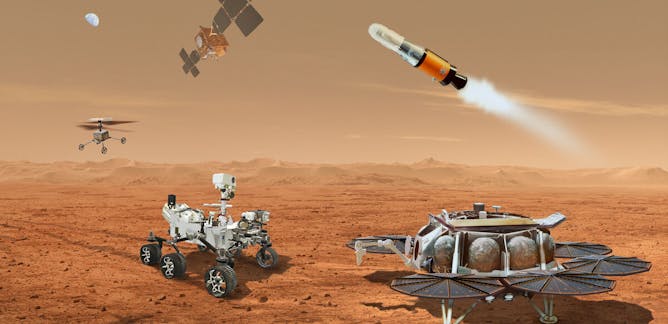
Articles on Extraterrestrial life
Displaying 1 - 20 of 132 articles

It’s not easy to collect rocks on a budget when the rocks are 140 million miles away.
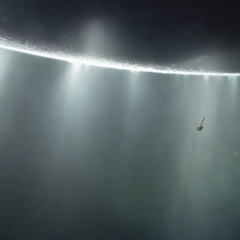
Saturn’s moon Enceladus has geysers shooting tiny grains of ice into space. These grains could hold traces of life − but researchers need the right tools to tell.

When scientists observed planets revolved around the Sun, they posited we were now like other planets. And if other planets were like Earth, then they most likely also had inhabitants.
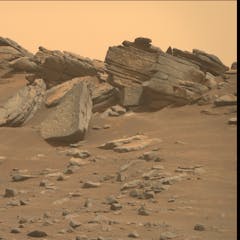
Determining whether or not life exists on another planet is an extraordinarily complicated – and expensive – scientific endeavor.
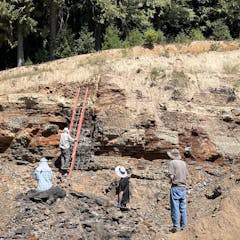
While NASA rovers on the surface of Mars look for hints of life, researchers back on Earth are studying ‘echoes of life’ from ancient basins – hoping that the two sites might be similar.

Five of the Uranus moons might be ocean worlds − and if there’s water, there might be life.

Control experiments are critical in informing the search for alien life.

Modern reactions to unidentified aerial phenomena (UAPs – what you might think of as UFOs) are similar to those of thousands of years ago.

The space agency hopes to get to the bottom of the many sightings being reported.

Months after a military officer made sensational claims about unexplained objects in the skies, NASA released a report loosely outlining a scientific approach for analyzing UAP reports.

The results are intriguing, but analysing the atmospheres of exoplanets is no easy task.

Alien hunters should learn from the Intergovernmental Panel on Climate Change (IPCC).

Whistleblower allegations that the government possesses UFOs may not be backed up by public physical evidence, but some argue that listening for extraterrestrial life is the first phase of contact.

All who testified before a congressional subcommittee claimed that UFOs pose a threat to national security, though there’s still no public evidence that UFOs are extraterrestrial.
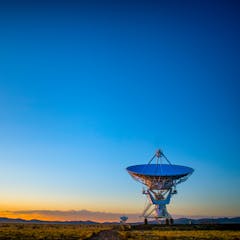
Three Indigenous studies scholars draw from colonial histories and explain why listening for alien life can have ethical ramifications.

Phosphorus is the most elusive element crucial for life as we know it – and we now have the first evidence there’s some available in the oceans of Enceladus.

In 2021, searchers recovered a meteorite that fell over the UK just hours earlier. Scientists have now reconstructed its story.

To date, we have not heard from any aliens. Nor have we seen any – but here are the fascinating projects working to change that.
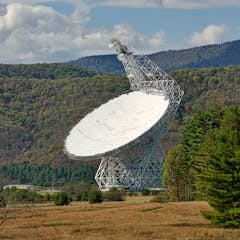
Can artificial intelligence transform the search for alien intelligence?

AI’s ability to identify ‘technosignatures’ missed by classical algorithms is an exciting step forward for radio astronomers.





